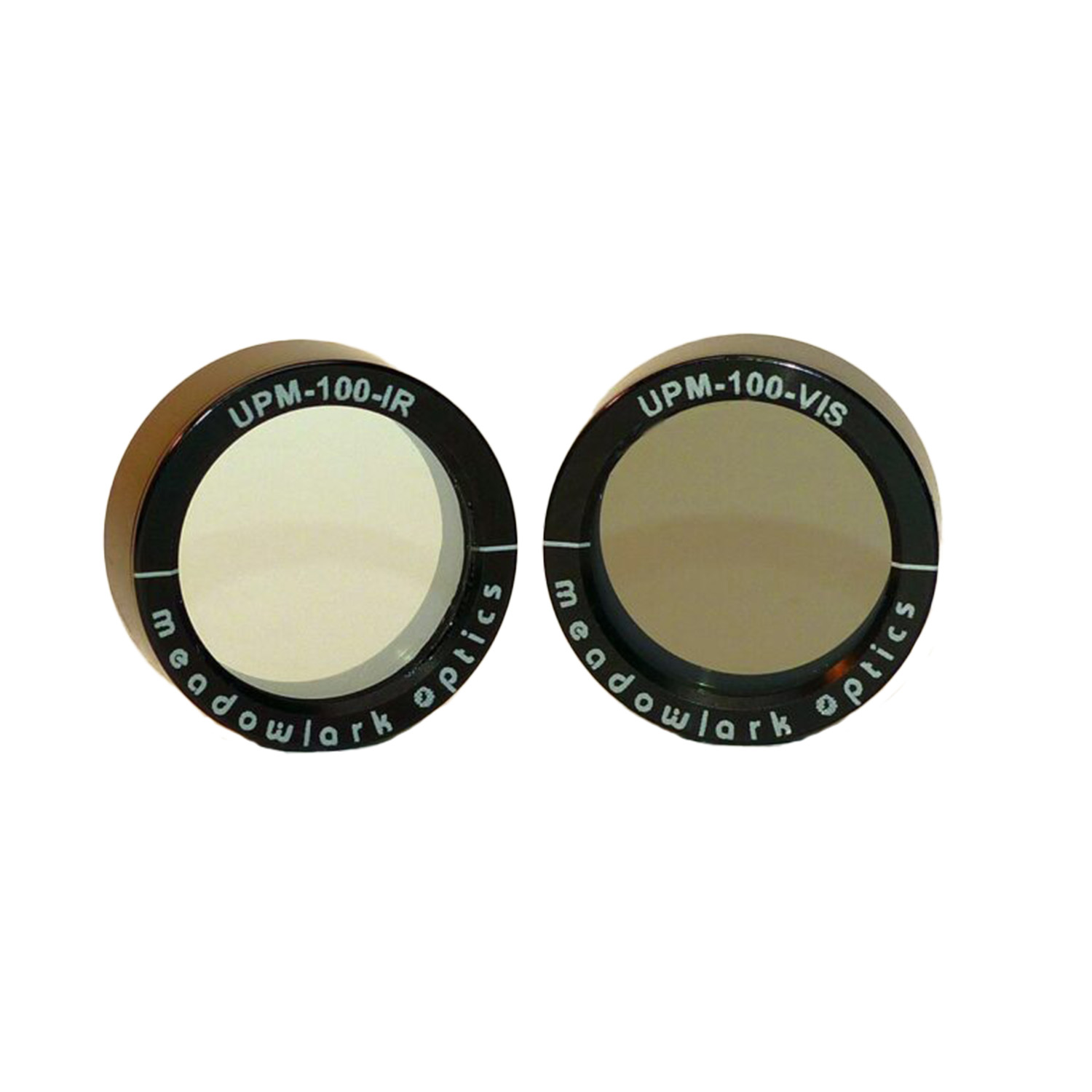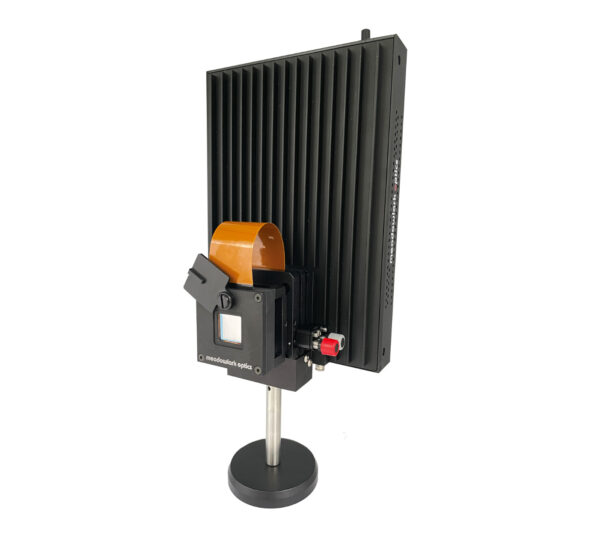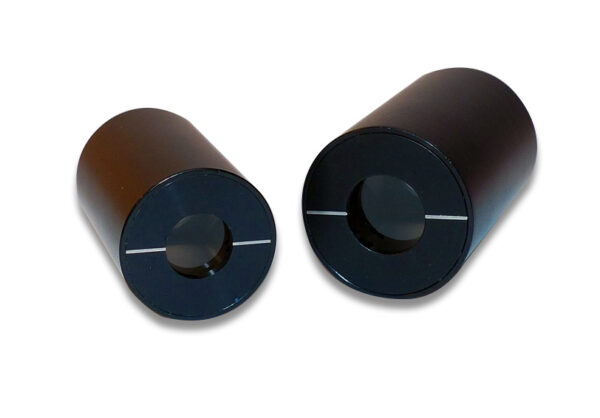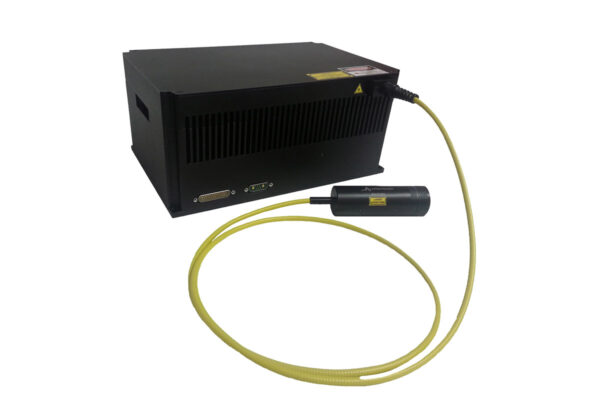Versatile Linear High Contrast Polarizer (UHP-UV) for Research and Industry
The Linear high-contrast polarizer (UHP-UV) is an optical component that offers an exceptionally high extinction rate and thus enables precise separation of polarization planes. By using absorptive dichroic glass, this polarizer achieves a contrast ratio of up to 10,000,000:1, making it ideal for applications that require precise polarization control. The design is based on the lamination of dichroic glass polarizers between high-quality glass substrates to achieve improved wavefront performance and surface quality. This enables high transmission for the desired polarization plane while effectively suppressing the orthogonal component.
Technical features
The Polarizer covers a wide wavelength range from 340 to 5000 nm and is therefore suitable for various spectral applications. It can withstand temperatures of up to 400 °C, making it ideal for use in high-temperature environments. The typical transmission properties are centered on a specific wavelength range, with custom wavelength ranges from 630 to 1580 nm with bandwidths from 60 to 80 nm available. The design ensures low wavefront distortion and high surface quality, resulting in improved optical performance.
Areas of application
The Linear high-contrast polarizer (UHP-UV) is used in various fields of optics and photonics, especially where precise control and analysis of polarization is necessary. In spectroscopy, it enables a targeted selection of polarized light, thereby improving measurement accuracy and signal fidelity. In laser optics, the linear high-contrast polarizer (UHP-UV) is used in beam shaping, in the construction of interferometers or in beam conditioning. This polarizer is also an indispensable element in polarimetric imaging or optical metrology due to its high accuracy. In addition, it is used in research areas such as quantum optics, biophotonics or semiconductor characterization, where exact polarization ratios are crucial for the quality and meaningfulness of the results.





